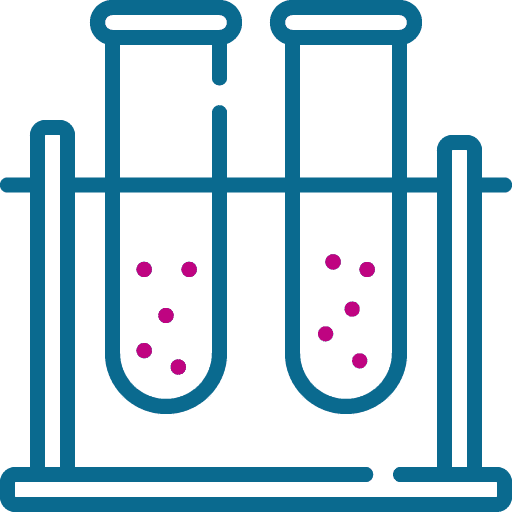Mycoplasma pneumoniae IgG
To detect chronic infection caused by Mycoplasma pneumoniae or previous contact with the causative agent. Mycoplasma pneumoniae IgG titre rises later, after 3-4 weeks.

The IgG antibody test against Mycoplasma pneumoniae is used to detect mycoplasma infection. IgG antibody titres rise after 3-4 weeks. from the start of infection. During an acute infection, antibody levels exceed the normal range by 4-5 times. IgG antibodies are reduced after infection, but can still be detected in serum for several years.
To diagnose and confirm a mycoplasma infection, the test should be repeated after 2-3 weeks. since the first test to assess antibody dynamics and changes in the body.
Mycoplasma pneumoniae is an airborne droplet that infects the mucous membranes of the respiratory tract. These infections can cause pharyngitis, laryngitis and sinusitis. A dry, persistent cough is the most common symptom of these infections. Not everyone with mycoplasma and chlamydia in their nasopharynx will get sick – it depends on the body’s resistance – but they can infect others.
Antibodies in the blood appear later than IgM antibodies, 3-4 weeks after infection. Mycoplasma pneumoniae IgG antibodies are produced in the event of a re-infection.
Mycoplasma pneumoniae is a small bacterium transmitted via organism-containing droplets.
It is a cause of upper respiratory infection, pharyngitis, and tracheobronchitis, particularly in children, and has been associated with approximately 20% of cases of community-acquired pneumonia. Central nervous system and cardiac manifestations are probably the most frequent extrapulmonary complications of infections due to M pneumoniae. The disease is usually self-limited, although severe disease has been reported in immunocompromised patients.
Identification of M pneumoniae by culture-based methods is time consuming and insensitive. Serology-based assays for M pneumoniae have several drawbacks. The development of IgM antibodies takes approximately 1 week and the IgM response in adults may be variable or it may be decreased in immunosuppressed individuals. Confirmation of the disease is dependent on the observation of a 4-fold rise in IgG antibody titers between acute and convalescent specimens, several weeks following the initial onset of illness, providing clinical utility only for retrospective testing. Real-time PCR offers a rapid and sensitive option for detection of M pneumoniae DNA from clinical specimens allows for diagnosis of acute or current infection.
You can consult our family doctors.



